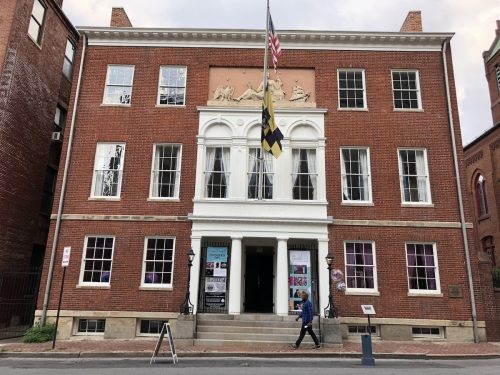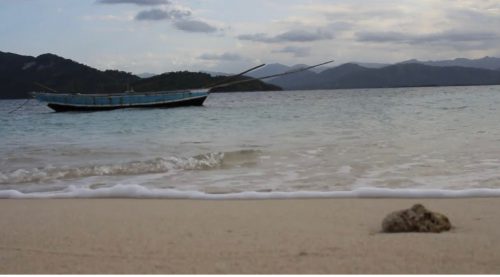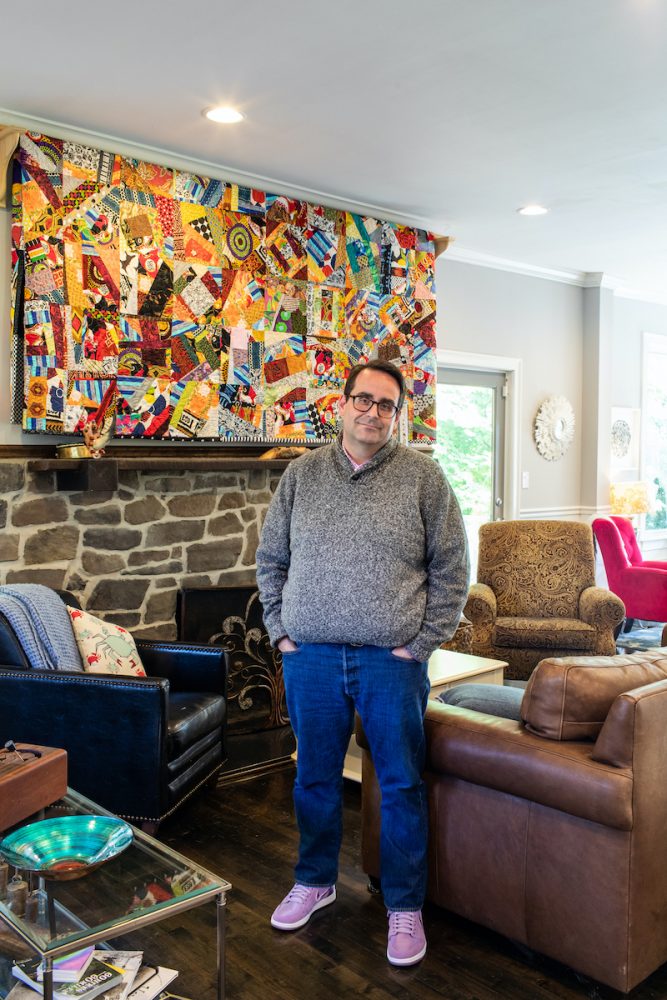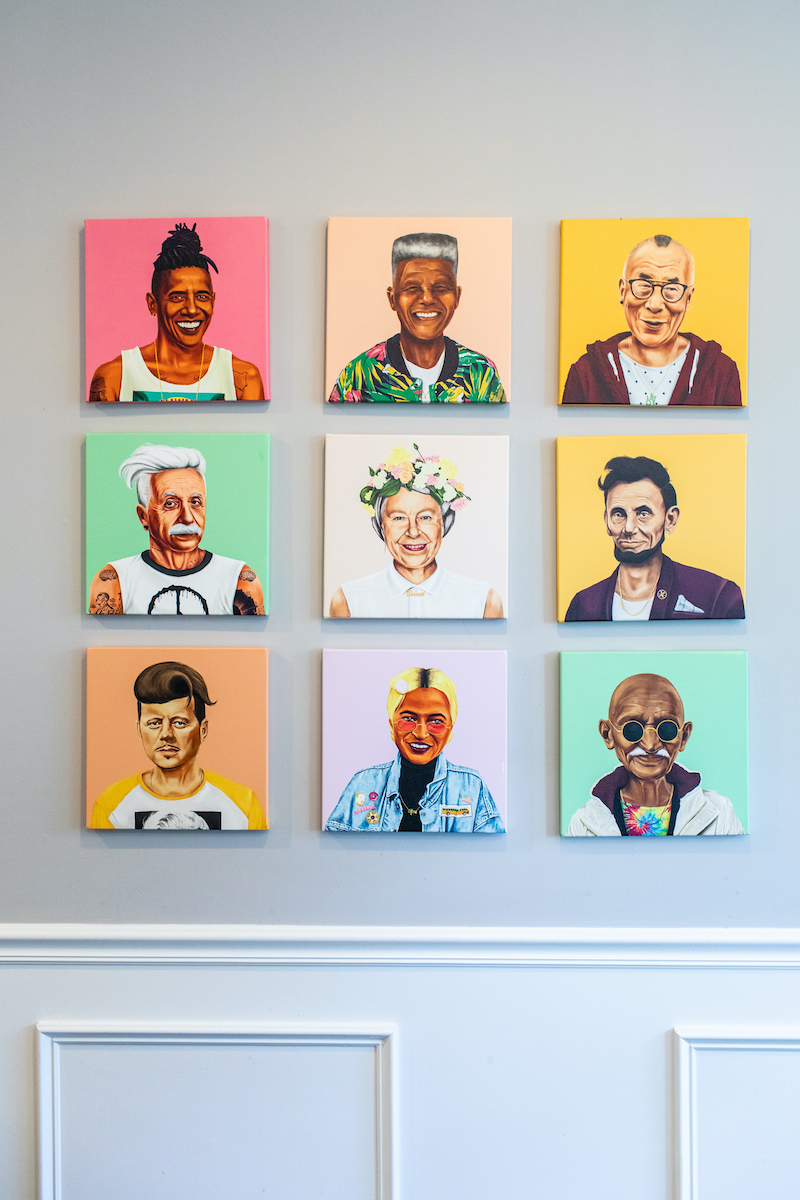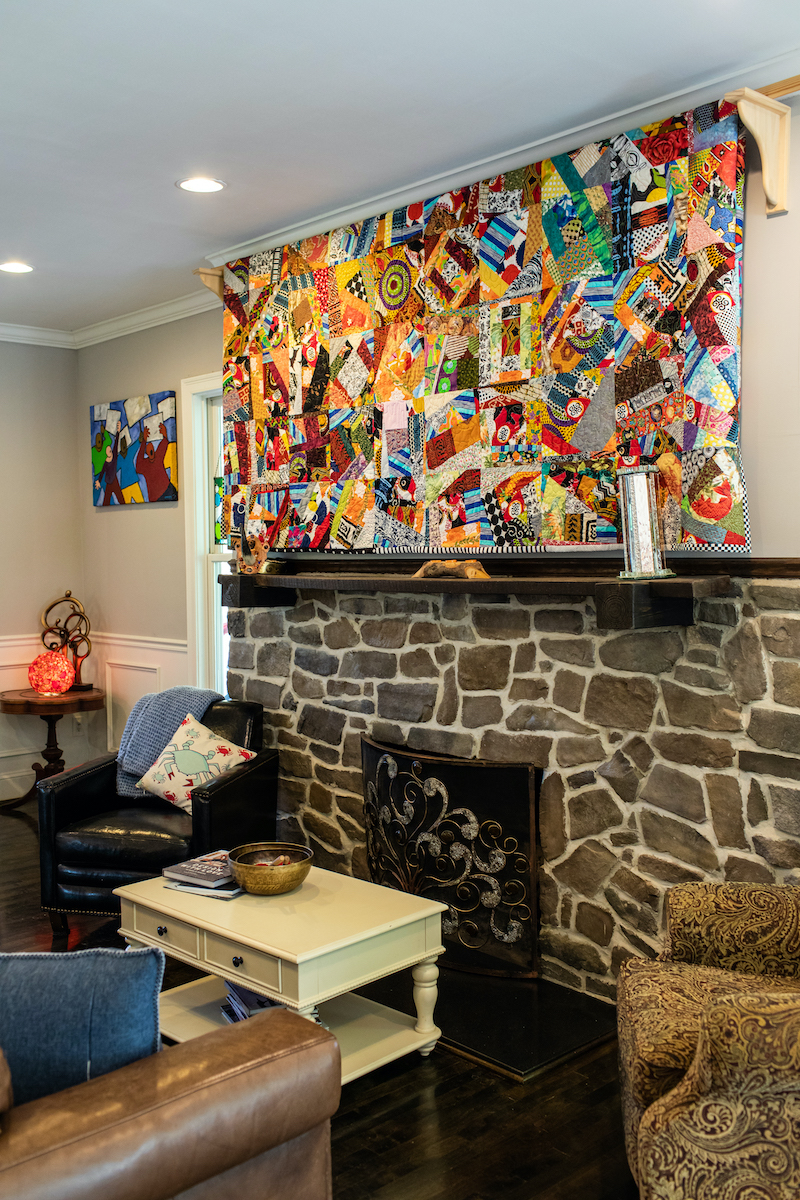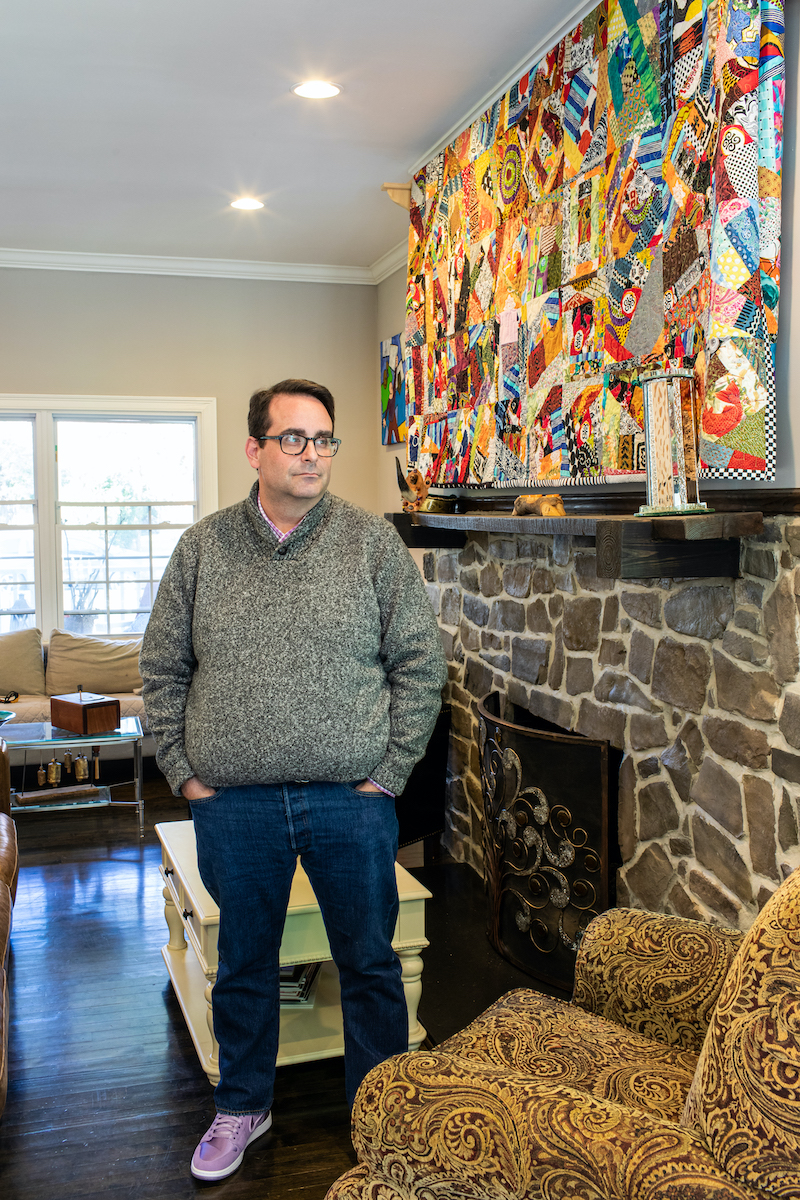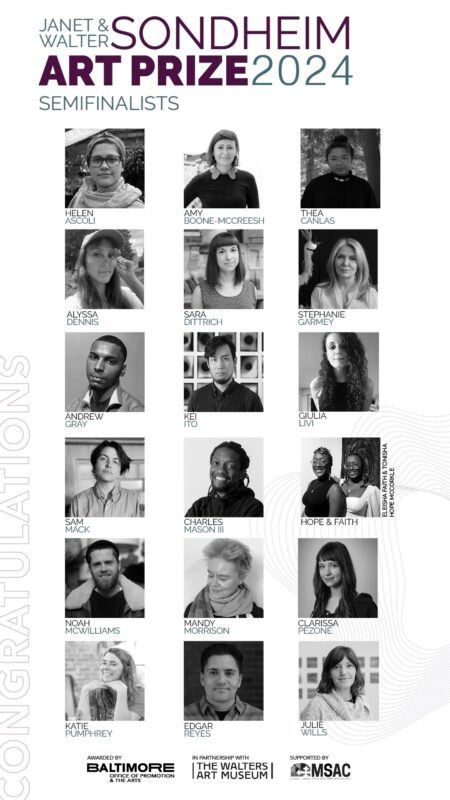John Brothers is a lifelong do-gooder. Born into deep poverty in Minneapolis and growing up in and out of homelessness, Brothers “got out,” as he puts it, and has since committed his life to serving others, dedicated to living, it seems, by the Toni Morrison quote, “Your real job is that if you are free, you need to free somebody else. If you have some power, then your job is to empower somebody else.”
For the last five years, Brothers has worked as the President of the T. Rowe Price Foundation, the charitable arm of global investment management firm T. Rowe Price, on a series of projects that seek to first identify and then assist in bringing resources to some of the region’s most underserved communities.
While his job description is a lot to wrap one’s head around, Brothers’ intentions for the foundation are crystal clear—find people in communities who would benefit from financial and human capital investment and then work with them to support what they may already be doing. Human capital, Brothers explains, is “the people side of making this work“ and he and his team identify people who live and work in the communities they serve to function as navigators and connectors to the larger population. They are currently piloting a program with the artist (and past subject of this column), Nicoletta de la Brown, to work as an art navigator in West Baltimore.
Despite common misconceptions, there is more to foundation work than giving money away. And Brothers is aware of the savior complex rife within that work. “No one is sitting in any community saying, ‘I can’t wait until John or whoever comes to help us,’ ” he says bluntly. Instead, he sees successful community organizing as sharing resources that are already within communities and empowering people to help themselves and their families and friends directly. Growing up receiving similar services informs this work every day for Brothers. That experience “lives and breathes in my work and shows up in how [the foundation] shows up in communities.”
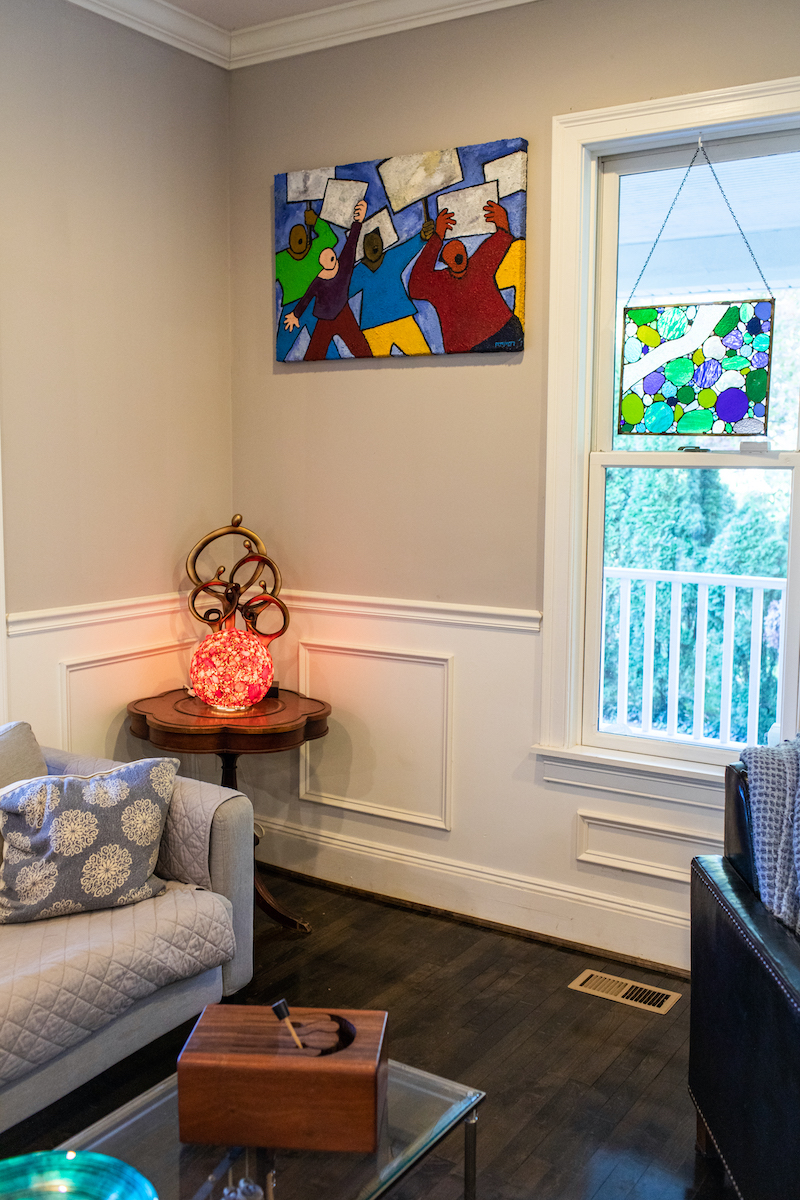
Prior to moving to Baltimore to work for T. Rowe Price, Brothers ran his own small consulting business and cut his teeth doing community organizing work in the Midwest. That work led him to believe that a foundation’s role is in part to help existing nonprofits become more organized and results-driven.
The two-time author of Rebalancing Public Partnership: Innovative Practice Between Government and Nonprofits from Around the World (2015) and Building Nonprofit Capacity: A Guide to Managing Change Through Organizational Lifecycles (2011) with Anne Sherman, Bothers has also taught college classes on nonprofit organizing and writing. As an educator, Brothers teaches his students using case studies that philanthropy chiefly requires you to be a good listener and that primarily you have to let the community partners lead. If you’re after long-term results and change, you’re there to serve.
Over Zoom, Brothers and I talked about what it means to let a community lead a foundation, what he’s learning from his children during COVID-19, and that time he got to hang out at Prince’s house.
SUBJECT: John Brothers, 47
WEARING: “I was wearing jeans and a sweater but most importantly to note is that I wore Purple Air Jordans, called Prince Jordan’s after my favorite artist, Prince, who is from my neighborhood in Minneapolis.”
PLACE: Zoom
